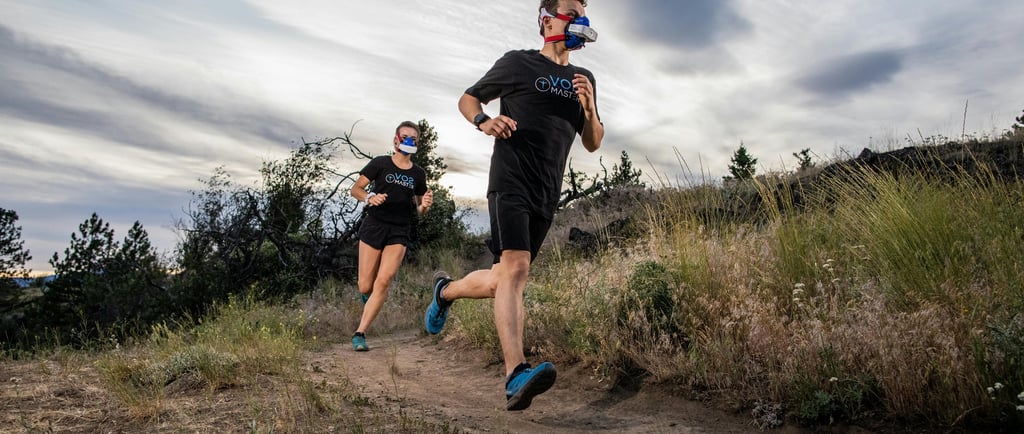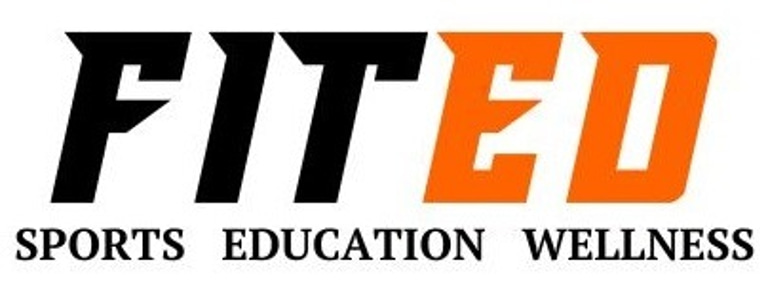Integrating Sports Science and Rehabilitation Services: A Strategic Imperative for Sports Academies
5/28/20251 min read


In the evolving landscape of sports, the integration of sports science and rehabilitation services within sports academies has transitioned from a luxury to a necessity. This strategic move not only enhances athlete performance but also ensures long-term sustainability and success for academies.
1. Enhancing Athlete Performance Through Scientific Training
Modern sports science provides academies with tools to tailor training programs to individual athlete needs. By analyzing metrics such as body composition, biomechanics, and psychological readiness, coaches can design personalized training regimens. For instance, the National Centre of Excellence (NCOE) in Guwahati has implemented anthropometry and psychological laboratories to customize athlete training, resulting in improved performances and medal tallies at national events.
2. Injury Prevention and Efficient Rehabilitation
Injuries can derail an athlete's career and affect an academy's reputation. Integrating rehabilitation services ensures timely intervention and recovery. The Tamil Nadu government's Sports Science Centre in Chennai offers services like biomechanics analysis and cryotherapy, aiding in injury prevention and faster recovery for athletes across various disciplines.
3. Data-Driven Decision Making
Utilizing data analytics allows academies to monitor athlete performance, predict potential injuries, and make informed decisions. Institutions like The Sports School have adopted sports science centers that conduct regular assessments, enabling coaches to adjust training plans proactively.
4. Building a Competitive Edge
Academies that invest in sports science and rehabilitation services position themselves as leaders in athlete development. This not only attracts top talent but also opens avenues for partnerships and sponsorships. The integration of these services reflects a commitment to holistic athlete welfare, aligning with global best practices.
5. Aligning with National Sports Initiatives
Government programs like Khelo India emphasize the importance of scientific training and athlete wellness. By aligning with these initiatives, academies can access funding, resources, and recognition, further enhancing their operational capabilities.
Conclusion
For sports academies aiming for excellence, integrating sports science and rehabilitation services is not just beneficial—it's essential. This strategic investment leads to improved athlete performance, reduced injury rates, and a stronger institutional reputation. Embracing this holistic approach ensures that academies remain at the forefront of athlete development in an increasingly competitive sports environment.
Join Us
Explore our Sports Science, Wellness Programs & Accredited Health and Fitness Courses.
Contact
ENQUIRE hERE
fitedwellness@gmail.com
+919667757177
© 2025. All rights reserved.
